
cd_nom
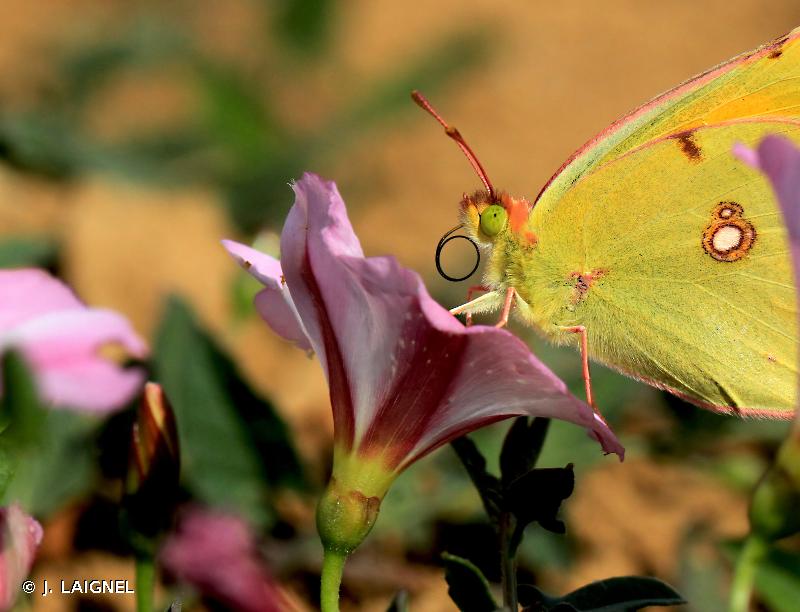
| Author : J. LAIGNEL |
 |
To get the picture, please visit:
Julien Laignel
Chargé de mission SNB - SPN/MNHN
4, avenue du Petit Château
91800 BRUNOY
Tel.: 06.10.68.23.36
Mail: julien.laignel@9online.fr
Despite the Creative Commons license, please inform the author of the use which will be made of his photo
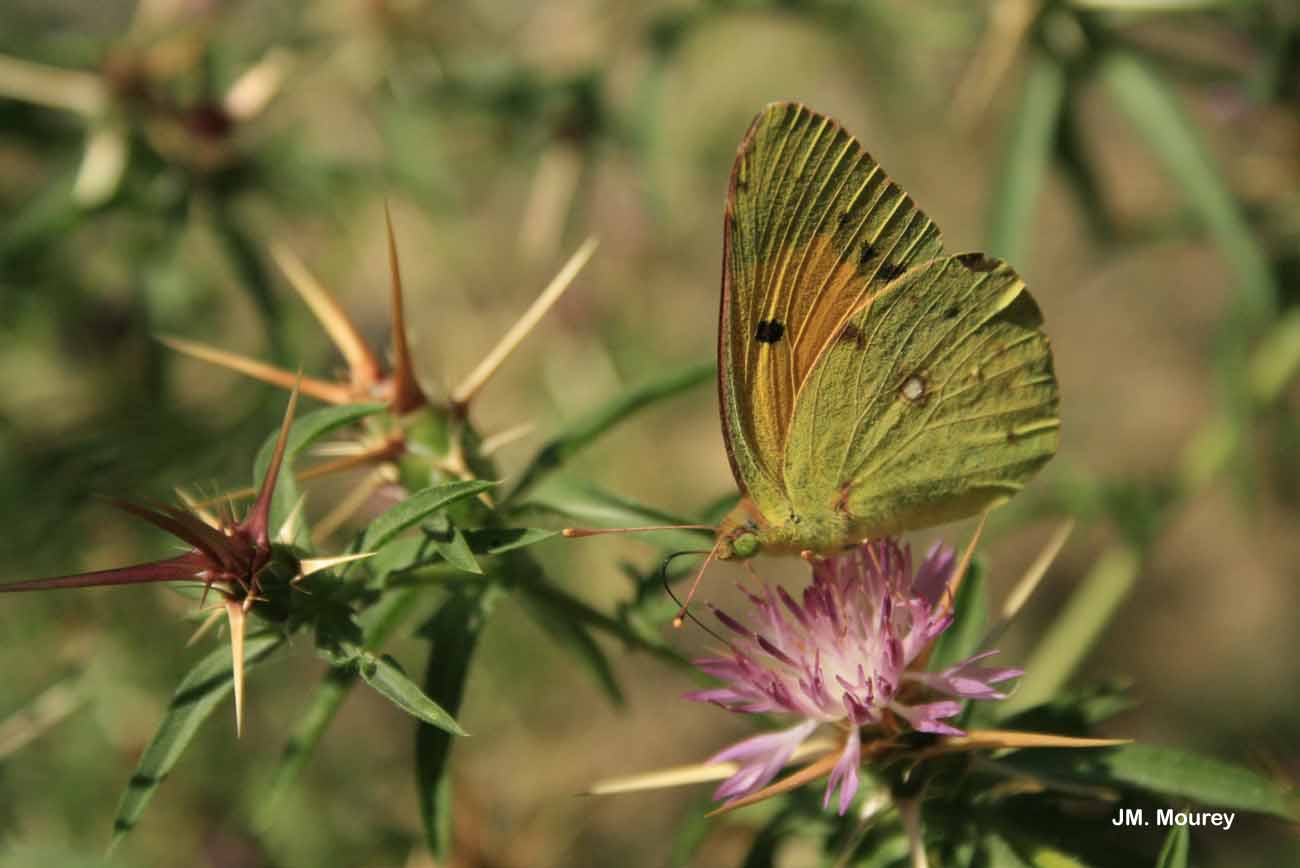
| Author : J.M. Mourey |
 |
To get the picture, please visit:
Jean-Michel MOUREY
Office National des Forêts - Direction de l'Environnement et des Risques Naturels
2 avenue de Saint-Mandé
75 012 PARIS
e-mail : jean-michel.mourey@onf.fr
Legend: Haute-Corse
Any reuse of one or more photographs on this site is subject to an authorization request from the author.
Link to the Code of Intellectual Property (Legifrance)
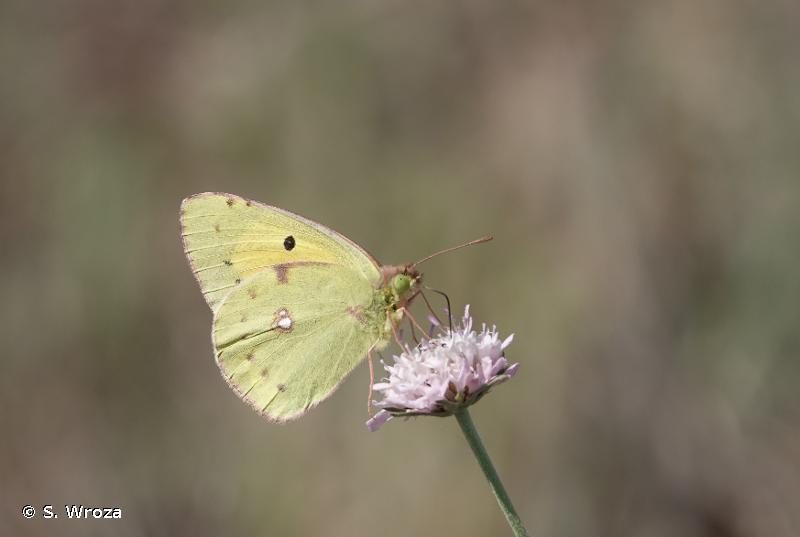
| Author : S. Wroza |
 |
Despite the Creative Commons license, please inform the author of the use which will be made of his photo
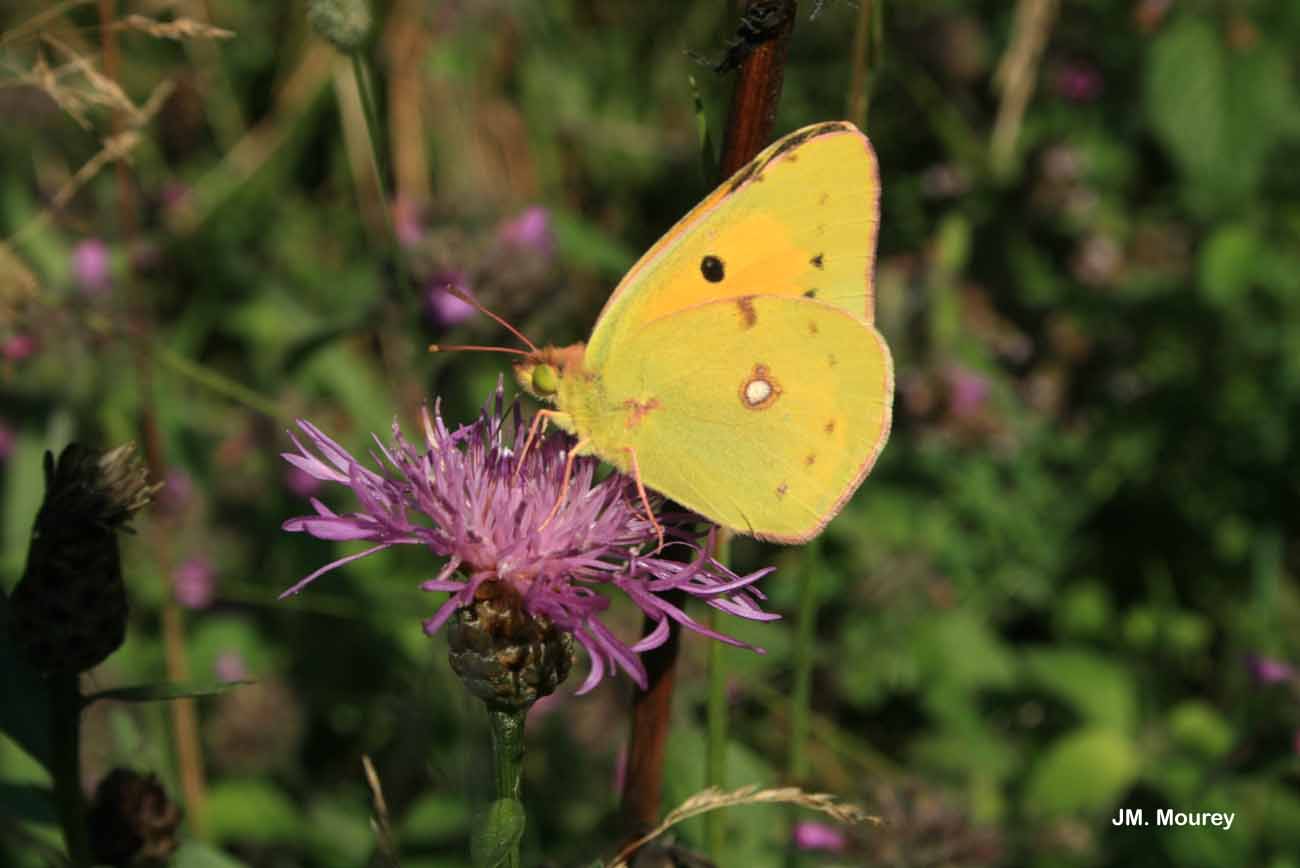
| Author : J.M. Mourey |
 |
To get the picture, please visit:
Jean-Michel MOUREY
Office National des Forêts - Direction de l'Environnement et des Risques Naturels
2 avenue de Saint-Mandé
75 012 PARIS
e-mail : jean-michel.mourey@onf.fr
Legend: Loulle
Any reuse of one or more photographs on this site is subject to an authorization request from the author.
Link to the Code of Intellectual Property (Legifrance)
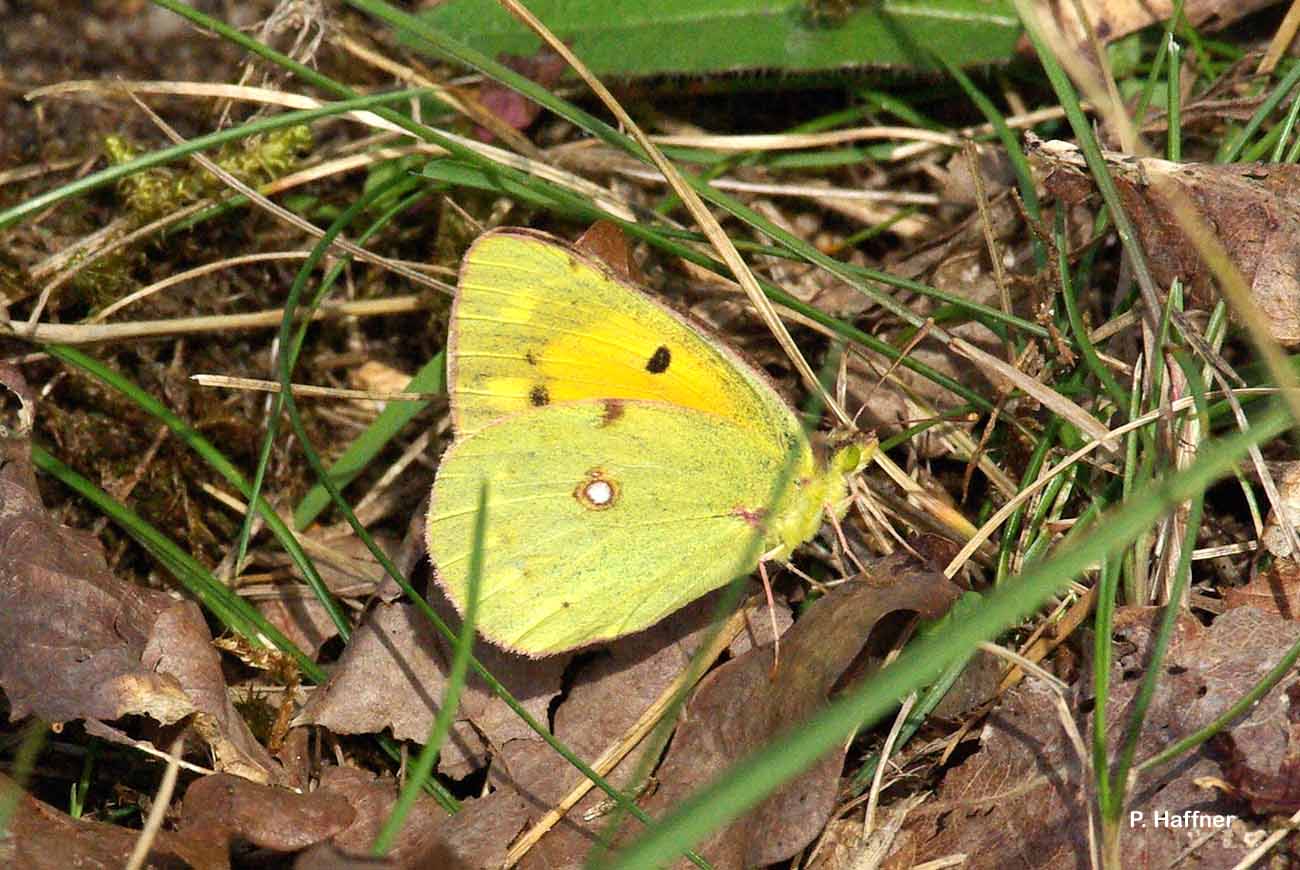
| Author : P. Haffner |
 |
To get the picture, please visit:
Patrick HAFFNER
Muséum national d'Histoire naturelle - Service du Patrimoine Naturel
36 rue Geoffroy Saint-Hilaire
CP 41
75 231 PARIS CEDEX 05
e-mail : inpn@mnhn.fr
Legend: 26/07/2009 - Nogent-sur-Vernisson - Loiret
Despite the Creative Commons license, please inform the author of the use which will be made of his photo
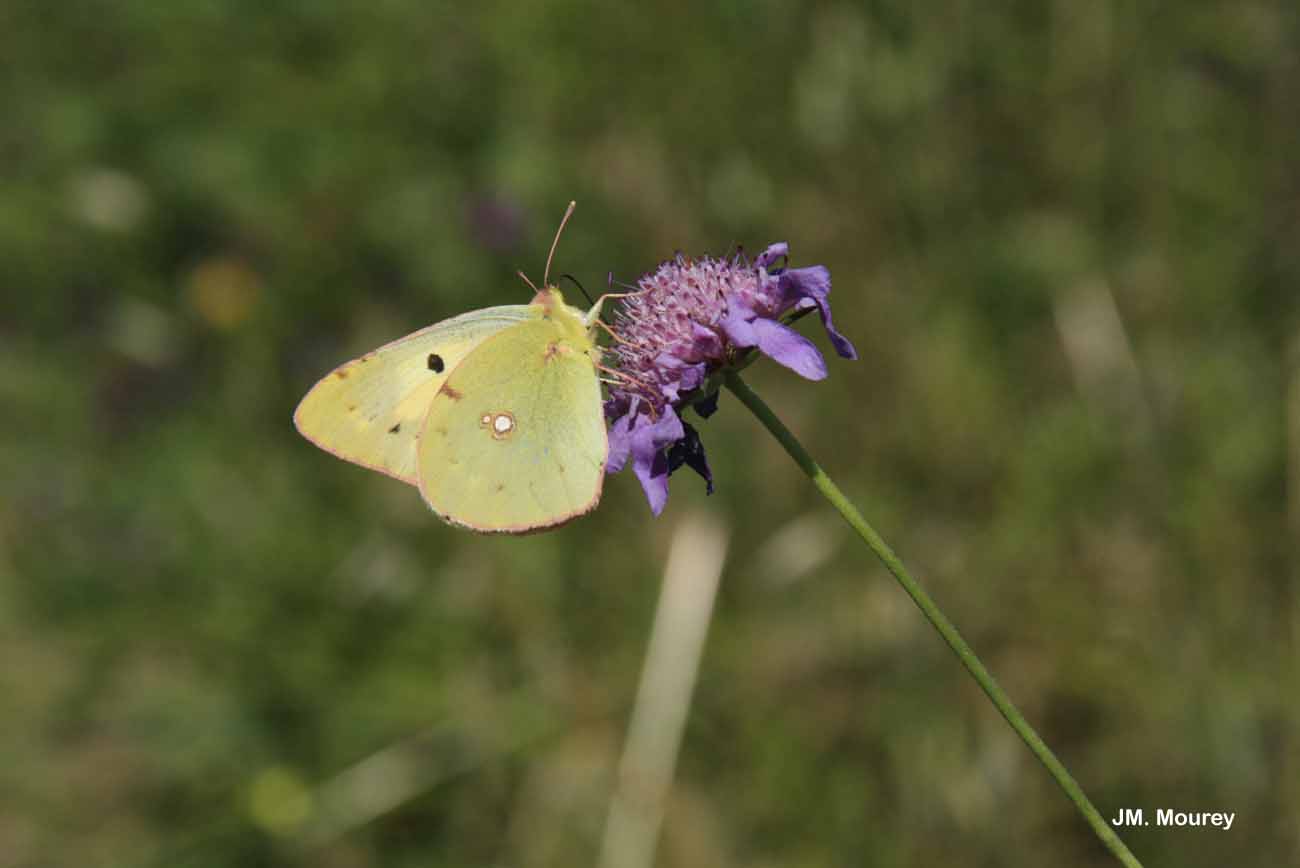
| Author : J.M. Mourey |
 |
To get the picture, please visit:
Jean-Michel MOUREY
Office National des Forêts - Direction de l'Environnement et des Risques Naturels
2 avenue de Saint-Mandé
75 012 PARIS
e-mail : jean-michel.mourey@onf.fr
Legend: Haute-Corse
Any reuse of one or more photographs on this site is subject to an authorization request from the author.
Link to the Code of Intellectual Property (Legifrance)

| Author : J. LAIGNEL |
 |
To get the picture, please visit:
Julien Laignel
Chargé de mission SNB - UMS2006-PATRINAT/MNHN
4, avenue du Petit Château
91800 BRUNOY
Tel.: 06.10.68.23.36
Mail: julien.laignel@9online.fr
Despite the Creative Commons license, please inform the author of the use which will be made of his photo
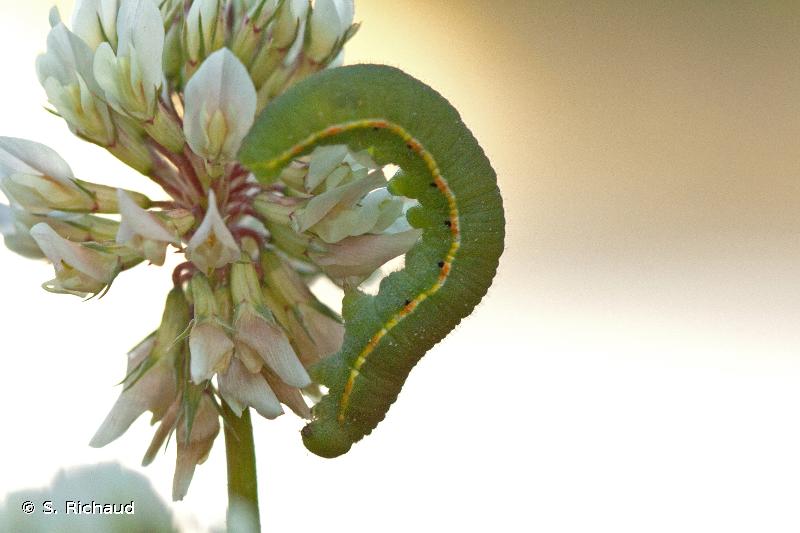
| Author : S. Richaud |
 |
To get the picture, please visit:
Sonia Richaud
email : inpn@mnhn.fr
Despite the Creative Commons license, please inform the author of the use which will be made of his photo
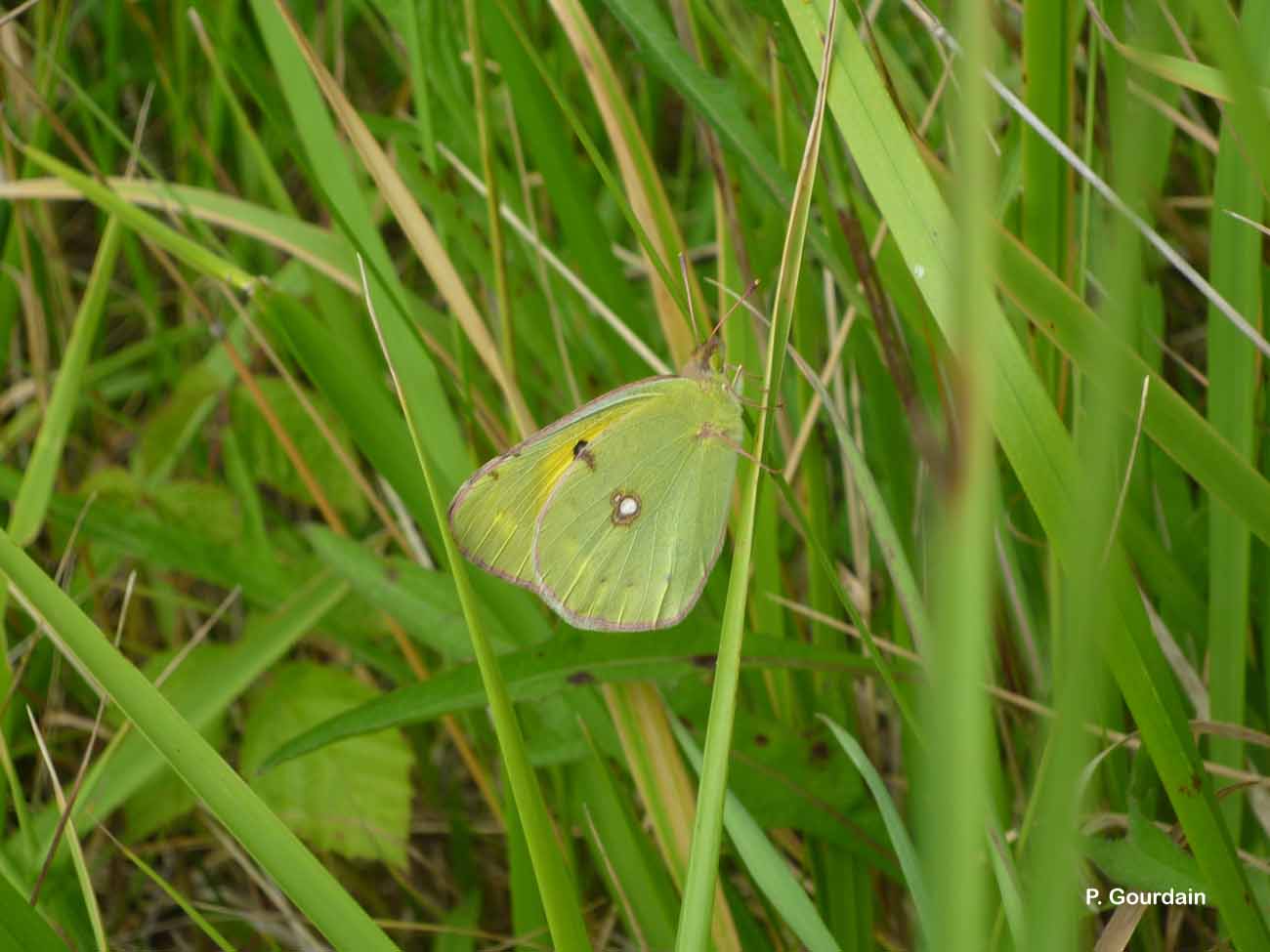
| Author : P. Gourdain |
 |
To get the picture, please visit:
Philippe GOURDAIN
Muséum national d'Histoire naturelle - Service du Patrimoine Naturel
36 rue Geoffroy Saint-Hilaire
CP 41
75 231 PARIS CEDEX 05
e-mail : inpn@mnhn.fr
Legend: Villeneuve-sur-Verberie
Despite the Creative Commons license, please inform the author of the use which will be made of his photo
Taille/poids :
Longueur de l'aile antérieure : 20-30 mm.
Diagnose :
Le dessus des ailes est jaune orangé avec une grosse tache noire discoïdale et une large bande noire marginale parallèle à la bordure externe. Chez le mâle, cette bande noire est striée de jaune au niveau des nervures. Chez la femelle, elle est parsemée de taches jaunes. Le dessous des ailes antérieures est jaune d'or avec une bande marginale verdâtre. Le dessous des ailes postérieures est verdâtre. Les femelles ont parfois une couleur de fond blanchâtre (forme helice).
Détermination :
L'adulte est simple à reconnaître au vol et au repos. La détermination des femelles de la forme helice demande un examen précis.
Espèces proches :
Les femelles de la forme helice sont proches de celles du Fluoré et du Soufré. Chez ces espèces la bande noire marginale se rétrécit de l'apex vers la base de la bordure externe.Période d'observation :
Les adultes peuvent être observés de mars à novembre.
Biologie-éthologie :
C'est une espèce migratrice, autochtone dans le sud de la France où l'on observe 2 à 3 générations par an. Les générations peuvent être considérées comme continues dans le domaine méditerranéen. La chenille hivernante reprend son activité au printemps. Elle se nourrit des feuilles de nombreuses espèces de Légumineuses. La chrysalide est suspendue dans la végétation. Les adultes sont très floricoles. Les œufs sont pondus isolément sur le dessus des feuilles de la plante-hôte.
Biogéographique et écologie :
L'espèce est présente dans tout le domaine méditerranéen et au Moyen-Orient. En période de migration, elle atteint tout le nord de l'Europe mis à part la zone boréale. C'est une espèce commune dans tous les milieux herbacés mais elle ne survit par aux périodes hivernales rigoureuses. Les adultes sont observés jusqu'à plus de 2200 m d'altitude.
D'après :
Essayan, R., Jugan, D., Mora, F. & Ruffoni, A. 2013. Atlas des papillons de jour de Bourgogne et de Franche-Comté (Rhopalocères et Zygènes). Revue Scientifique Bourgogne-Nature, Hors-Série (13) : 1-494.
P. Dupont(UMS 2006 Patrimoine Naturel (AFB / CNRS / MNHN)),2016
Continental
Metropolitan France
Overseas
Marine
Metropolitan France
Overseas
The map presents a summary at the 10 x 10 km grid of the observation data for the species transmitted to the SINP. These data have been subjected to validation filters.
The map presents a reference distribution layer of the species at the scale of departments and marine sectors. The presence and absence data were established by expertise within a network of partners. This reference distribution is used in the validation process of the SINP data at the INPN level.
Corresponds to a report on the basis of at least one observation proved within a period of 10 years (20 years for little-known invertebrates) preceding the year and no presumption of extinction since obtaining the last data nor doubt on reproductive and implemented nature of this population. For migratory species, the presence indicated concerns areas of reproduction.
This status is based on one or more of the following criteria:
This point covers the absence, more difficult by nature to demonstrate than presence. This status is based on one or more of the following criteria:
This status must be assigned to a department in which the presence of the species is casual.
Particular case of absence due to a proven extinction less than a half century ago (older disappearances are treated as "no probable or definite").
In the state of knowledge, we can not comment on the presence or absence in the current department. This is the default status when not comprised in one of the previous categories or whenever there is doubt.
The map shows the global distribution of the species based on GBIF data (Global Biodiversity Information Facility).
